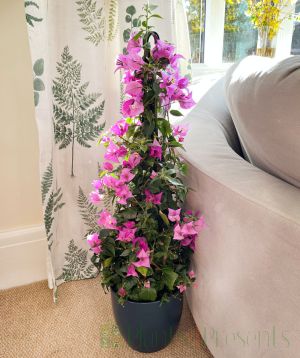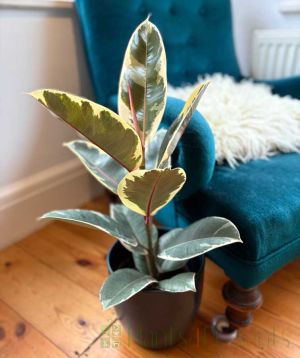Parrot's Plant
Out of stock
Sorry we don't have any Parrot's Plants available at the moment, but we do have lots of other lovely flowering plants available for next day delivery.

These instructions are sent with the plant gift
Looking after your Parrot’s Flower
These striking Parrot’s flower or False bird of paradise are tropical plants but make a surprisingly easy houseplant in the UK with dramatic red and yellow flower spikes that will last for weeks.
Because they originate in tropical countries it’s best to grow them where it is warm and not too dry- a kitchen is usually better than a bedroom. Protect your plant from frost and freezing conditions and try to find a spot that is bright but not in direct sunlight. A light room or window sill is perfect.
In the wild they grow like orchids, attached to trees so they only have small root systems. The leaves and flower spike form a rosette and in the wild rainfall is caught in this edge of the flower spikes where it is a source of food for microscopic insects and also for hummingbirds. At home when you are growing them in a pot you do need to make sure that the soil is kept damp rather than dry or waterlogged. Tap water is fine but every now and again it’s worth just tipping your plant upside down to remove any collected water in the flower stems.
Parrot flowers are surprisingly tough plants and will recover from most problems with a little TLC. Slow growth and yellowing of lower leaves can sometimes occur in the winter when the light levels are low but if you remove these leaves they will put on fresh growth again in the spring. Similarly more light and longer days will encourage a non-flowering plant back into bloom.



